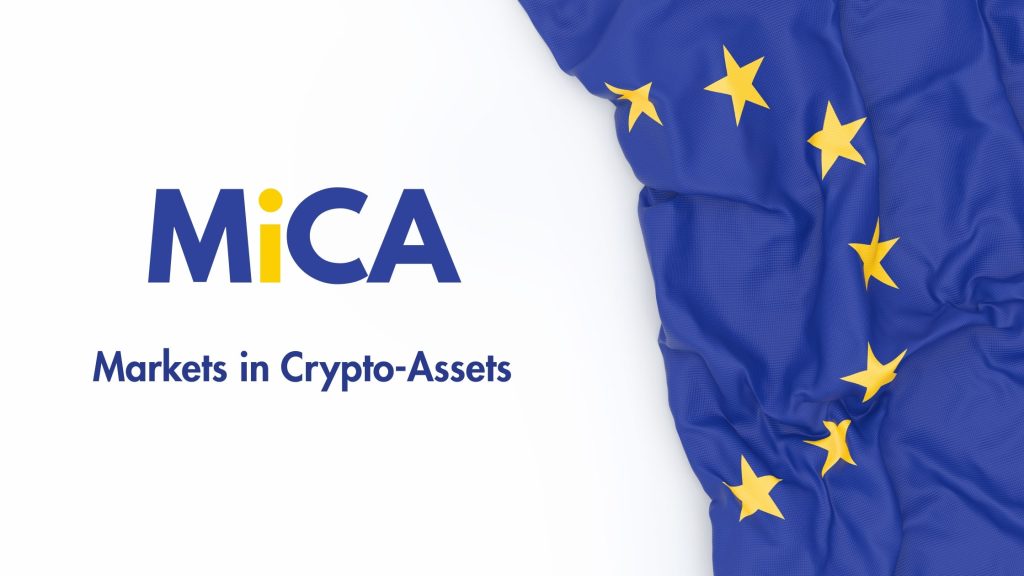Embarking on the journey to become a Web3 Engineer is an exciting one. Web3 refers to the decentralized next-generation internet, which is built on emerging technologies like blockchain, decentralized applications (dApps), and smart contracts. As a Web3 Engineer, you’ll be at the forefront of this new era of internet, shaping its development and revolutionizing the digital landscape. If you want to take your career to new heights, follow our guide on how to become a Web3 Engineer.
Step 1: Understand Web3 Concepts and Technologies
The first step in your journey is to familiarize yourself with the core concepts and technologies underpinning Web3:
Blockchain: A decentralized digital ledger technology that forms the backbone of cryptocurrencies and decentralized applications.
Smart contracts: Self-executing contracts that run on the blockchain, enabling transactions without the need for intermediaries.
dApps: Decentralized applications, which use blockchain as their backend to enable peer-to-peer transactions, decentralizing the data storage and management.
Decentralized Finance (DeFi): A financial system built using smart contracts, which aims to make financial services more accessible, transparent, and efficient.
In addition, learn about popular Web3 platforms, such as Ethereum, Polkadot, and Solana, to understand their protocols, consensus mechanisms, and the unique advantages they bring to the table.
Step 2: Acquire Technical Web3 Skills
Becoming well-versed in various programming languages and tools is essential for a Web3 Engineer. Focus on learning the following:
Solidity: A high-level language for creating smart contracts on Ethereum. Master the principles of contract-oriented programming and understand how to create secure and efficient smart contracts.
Rust: This is a systems programming language gaining popularity due to its performance, safety, and support for creating smart contracts on platforms like Polkadot and Solana.
JavaScript: Mastering JavaScript enables you to build intuitive and visually appealing interfaces for your dApps, as well as interact with various blockchain APIs.
Besides programming languages, build a strong foundation in cryptography, distributed systems, and data structures like Merkle trees and hashgraphs.
Step 3: Gain Hands-On Experience and Work on Real Projects
Theory alone is insufficient. Build your own Web3 projects to put your skills into practice:
Develop a simple dApp: Create a basic dApp, such as a token, voting system, or a marketplace, to understand the lifecycle of a smart contract, from deployment to interaction.
Participate in hackathons: Join hackathons to further hone your coding skills, receive feedback, and network with fellow Web3 enthusiasts.
Contribute to open-source projects: Contribute to repositories on platforms like GitHub or GitLab, where you can improve existing code and help maintain the infrastructure around existing dApps and smart contracts.
Working on real projects lets you experience various development challenges firsthand, making you a more seasoned Web3 Engineer.
Step 4: Stay Updated and Adapt to New Technologies
Web3 is a rapidly evolving field, so continuous learning is vital to stay ahead of the curve. Here are some tips to remain up-to-date:
Follow industry leaders: Subscribe to newsletters and social media accounts of Web3 pioneers like Vitalik Buterin and Gavin Wood to learn from their insights.
Participate in online discussions: Engage in the Web3 community through forums like Reddit, Discord, and Telegram to share knowledge and discuss the latest trends and developments.
Attend conferences and workshops: Participate in events such as Devcon or Web3 Summit to learn about emerging technologies, meet industry leaders, and gain practical experience through hands-on workshops.
By staying in touch with the latest advancements, you can ensure your skills remain relevant and in-demand.
Step 5: Expand Your Portfolio and Network
Creating a portfolio showcasing your Web3 projects and demonstrating your range of skills will set you apart from the competition. Ensure your portfolio includes not just the completed projects, but also the code, wireframes, and documentation to highlight your skillset.
Networking is equally crucial. Establish connections with peers, attend meetups, and join developer organizations to expand your professional network. These networks can open doors for potential job opportunities, collaborations, or mentorships.
Step 6: Search for Job Opportunities
Once you’ve built a diverse portfolio, it’s time to start looking for Web3 Engineer positions. Explore roles within blockchain startups, established tech companies, or even government organizations interested in adopting Web3 technology. Be prepared to demonstrate your expertise through technical interviews and coding challenges.
Remember, persistence and dedication are key. Continue refining your skills, working on personal projects, and networking until you’ve found your dream Web3 Engineer role.
In conclusion, becoming a Web3 Engineer is an exciting and rewarding career path, with ample opportunities for growth and impact. Follow the action plan above, embrace the challenges, and be prepared to excel in this groundbreaking field. With a passion for learning and determination to succeed, the future of the decentralized internet awaits your touch.




